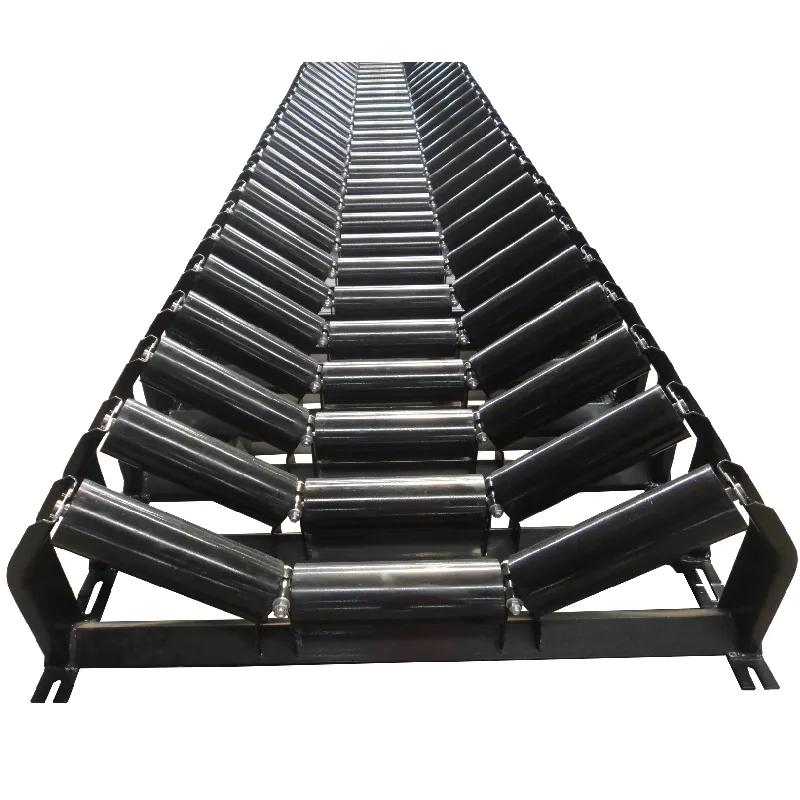 Afrikaans
Afrikaans  Albanian
Albanian  Amharic
Amharic  Arabic
Arabic  Armenian
Armenian  Azerbaijani
Azerbaijani  Basque
Basque  Belarusian
Belarusian  Bengali
Bengali  Bosnian
Bosnian  Bulgarian
Bulgarian  Catalan
Catalan  Cebuano
Cebuano  Corsican
Corsican  Croatian
Croatian  Czech
Czech  Danish
Danish  Dutch
Dutch  English
English  Esperanto
Esperanto  Estonian
Estonian  Finnish
Finnish  French
French  Frisian
Frisian  Galician
Galician  Georgian
Georgian  German
German  Greek
Greek  Gujarati
Gujarati  Haitian Creole
Haitian Creole  hausa
hausa  hawaiian
hawaiian  Hebrew
Hebrew  Hindi
Hindi  Miao
Miao  Hungarian
Hungarian  Icelandic
Icelandic  igbo
igbo  Indonesian
Indonesian  irish
irish  Italian
Italian  Japanese
Japanese  Javanese
Javanese  Kannada
Kannada  kazakh
kazakh  Khmer
Khmer  Rwandese
Rwandese  Korean
Korean  Kurdish
Kurdish  Kyrgyz
Kyrgyz  Lao
Lao  Latin
Latin  Latvian
Latvian  Lithuanian
Lithuanian  Luxembourgish
Luxembourgish  Macedonian
Macedonian  Malgashi
Malgashi  Malay
Malay  Malayalam
Malayalam  Maltese
Maltese  Maori
Maori  Marathi
Marathi  Mongolian
Mongolian  Myanmar
Myanmar  Nepali
Nepali  Norwegian
Norwegian  Norwegian
Norwegian  Occitan
Occitan  Pashto
Pashto  Persian
Persian  Polish
Polish  Portuguese
Portuguese  Punjabi
Punjabi  Romanian
Romanian  Russian
Russian  Samoan
Samoan  Scottish Gaelic
Scottish Gaelic  Serbian
Serbian  Sesotho
Sesotho  Shona
Shona  Sindhi
Sindhi  Sinhala
Sinhala  Slovak
Slovak  Slovenian
Slovenian  Somali
Somali  Spanish
Spanish  Sundanese
Sundanese  Swahili
Swahili  Swedish
Swedish  Tagalog
Tagalog  Tajik
Tajik  Tamil
Tamil  Tatar
Tatar  Telugu
Telugu  Thai
Thai  Turkish
Turkish  Turkmen
Turkmen  Ukrainian
Ukrainian  Urdu
Urdu  Uighur
Uighur  Uzbek
Uzbek  Vietnamese
Vietnamese  Welsh
Welsh  Bantu
Bantu  Yiddish
Yiddish  Yoruba
Yoruba  Zulu
Zulu Understanding the Function of the Accessory Drive Belt Tensioner Pulley in Your Vehicle
Understanding the Accessory Drive Belt Tensioner Pulley
The accessory drive belt tensioner pulley plays a crucial role in the performance and longevity of an internal combustion engine. This seemingly simple component is part of a broader system that helps drive various engine accessories, ensuring they operate efficiently. In this article, we will explore the function, importance, maintenance, and potential issues related to the accessory drive belt tensioner pulley.
Function of the Accessory Drive Belt Tensioner Pulley
The accessory drive belt tensioner is primarily responsible for maintaining the correct tension on the serpentine or accessory belt. This belt connects various components of the engine, including the alternator, power steering pump, air conditioning compressor, and water pump. The tensioner pulley ensures that the belt remains tight enough to transfer power efficiently from the crankshaft to these accessory components.
When the engine runs, the alternator generates electricity, the water pump circulates coolant, and the power steering pump helps control the steering mechanism. Without the correct tension, any slippage in the belt can lead to various performance issues, including diminished power output, overheating, and suboptimal steering response.
Importance of the Tensioner Pulley
The tensioner pulley is integral to the overall functionality of an engine. A well-functioning tensioner ensures that the accessories run smoothly, which is vital for several reasons
1. Efficiency Proper tension on the belt ensures maximum efficiency in power transfer, which helps the engine operate at optimal performance levels. 2. Longevity of Components Continuous wear on a loose belt can lead to premature failure of the accessories connected to it. Thus, the tensioner helps extend the lifespan of these parts.
3. Engine Cooling The water pump is critical for maintaining engine temperature. A malfunctioning tensioner can lead to a loose belt, resulting in inadequate cooling, which may cause overheating.
4. Safety Power steering and brake systems may become erratic without proper belt tension, potentially leading to unsafe driving conditions.
Maintenance of the Tensioner Pulley
accessory drive belt tensioner pulley

Routine maintenance can significantly impact the performance of the accessory drive belt tensioner pulley
. Here are some tips for maintaining this crucial component1. Visual Inspections Regularly inspect the belt for signs of wear or damage, such as cracking, fraying, or glazing. Look for any misalignment or unusual wear on the pulley itself.
2. Listen for Noises If you hear squeaking or chirping sounds coming from the engine compartment, it may indicate a problem with the belt or tensioner.
3. Check Tension Using a belt tension gauge, you can measure the tension of the belt at regular intervals. It’s essential to compare these readings with manufacturer specifications.
4. Replace as Necessary Many mechanics recommend replacing the tensioner and the belt simultaneously, as they are often subjected to similar wear conditions. The general rule of thumb is to replace them every 60,000 to 100,000 miles, but this can vary based on the vehicle and driving conditions.
Identifying Issues with the Tensioner Pulley
Several signs may indicate that your accessory drive belt tensioner pulley needs attention or replacement
- Slipping Belt If the belt slides or squeals during operation, this may indicate that the tensioner is failing to maintain the required tension.
- Wobbling Pulley A wobbling tensioner pulley can signify a worn or damaged bearing, which can lead to further complications if not addressed.
- Engine Overheating Insufficient cooling due to a malfunctioning water pump can be traced back to a loose or damaged belt, warranting a check of the tensioner.
In conclusion, the accessory drive belt tensioner pulley, while often overlooked, plays a vital role in the performance and reliability of an engine. Regular maintenance and keen observation of symptoms can prevent significant issues, ensuring that your vehicle operates smoothly and efficiently. Proper care of this component not only enhances performance but also extends the life of the engine and its accessories, making it a worthy focus for any vehicle owner.
-
Revolutionizing Conveyor Reliability with Advanced Rubber Lagging PulleysNewsJul.22,2025
-
Powering Precision and Durability with Expert Manufacturers of Conveyor ComponentsNewsJul.22,2025
-
Optimizing Conveyor Systems with Advanced Conveyor AccessoriesNewsJul.22,2025
-
Maximize Conveyor Efficiency with Quality Conveyor Idler PulleysNewsJul.22,2025
-
Future-Proof Your Conveyor System with High-Performance Polyurethane RollerNewsJul.22,2025
-
Driving Efficiency Forward with Quality Idlers and RollersNewsJul.22,2025





























